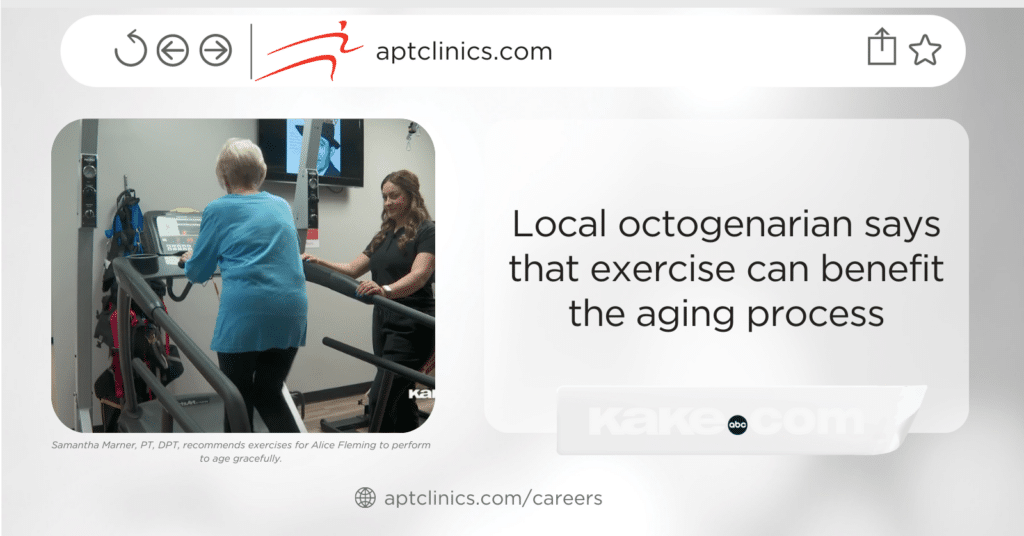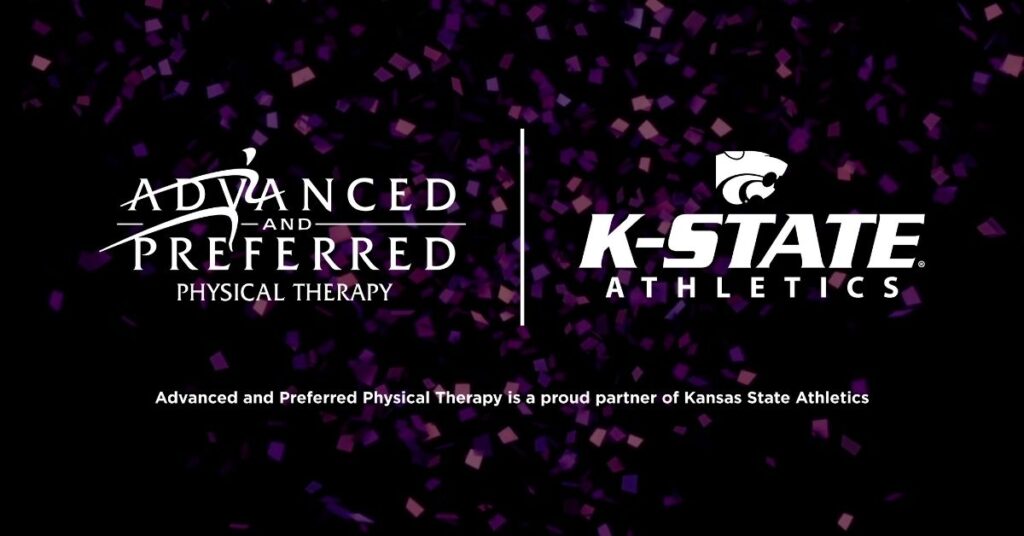Let’s talk about strokes, while it may be a sad subject it is a pertinent one and unfortunately affects many people. According to the National Institute of Health, In the United States, more than 700,000 people suffer a stroke each year, and approximately two-thirds of these individuals survive and require rehabilitation.
There are different types of strokes, and as such there can be a multitude of severities and differences in the effects seen following a stroke.
– Ischemic stroke- According to the CDC, 87% of strokes are ischemic. Which means blood traveling through arteries to the brain becomes blocked, often caused by a blood clot.
– Hemorrhagic stroke- High blood pressure causes an artery to leak blood, or bursts open and floods the space around the brain. This may also happen when an aneurysm burst. (An Aneurysm is a sac that forms off an artery that has become stretched or “ballooned”. )
– Transient Ischemic Attack- This form of stroke is often referred to as a “mini-stroke” and is a warning sign of worse strokes to come. This type of stroke occurs when there is a relatively shorter pause in blood flow to the brain, typically caused by a blood clot.
While Transient Ischemic Attack is the least damaging of the above-listed types, all strokes are considered a major medical emergency and require emergency medical attention.
TIA or Transient Ischemic Attack like an ischemic stroke is typically caused by a blood clot and the difference here is that with a Transient ischemic attack the blockage of blood supply is for less than 5 minutes, with an ischemic stroke the brain continues to go without oxygen supplying blood until treatment can be administered. With the hemorrhagic stroke, continuing damage or pressure around the brain is possible until treatment is administered. As this is the case, is it of utmost importance to get a diagnosis as soon as possible and receive emergency medical treatment. The treatments that work best are only available in the first 3 hours of symptoms presenting.
Regardless of the type of stroke, emergency medical treatment is required and followed by a more in-depth look at the Patient’s health. This will include assessment of blood pressure, heart health, comorbidities such as diabetes, and lifestyle habits such as diet and exercise.
There can be damage noticed following a stroke and this can lasts days, months, years or even a lifetime. Possible issues may include:
– paralysis or weakness
– difficulty with thinking/learning/memory
– difficulty understanding others or forming speech
– difficulty understanding or expressing emotions
– numbness or other sensations
– issues with chewing and swallowing
– pain in hands and feet that worsens with movement or temperature changes
– decreased bowel and bladder control
– depression
When these issues following a stroke are moderate to severe there is often a period of rehabilitation in an acute setting such as a hospital. Rehabilitation may include speech therapy, occupational therapy, and physical therapy. At such a point that the Patient can be discharged from the hospital, therapy may still be required and can be administered in a skilled nursing center, rehab facility or outpatient treatment if indicated.
A Physical therapist will assess and evaluate symptoms and create a plan of care. Exercises are initiated for regaining strength, proprioception and motor control. Gait training may be required for return to normal gait pattern or to adjust for use of assistive devices such as a walker or cane. Lingering effects of weakness or issues with balance can be improved with training for balance both standing in place and with dynamic activities such as cone drills. Your Therapist will guide you in your progression of strengthening and return to normal function and provide you with education and training on activities for home and exercise regimens independently.
Physical Therapy can help teach those who have lived with disability/ are recovering from illness/ have led a sedentary lifestyle how to regain muscle and perform the exercise safely and effectively with regards to the needs of the individual, their issues and the health history. By making lifestyle changes such as exercise, you can steer your recovery in the right direction following a stroke and help prevent another stroke from occurring.
Sources: https://www.cdc.gov/stroke/types_of_stroke.htm, https://brainaneurysm.com/what-are-brain-aneurysms/ , https://www.stroke.nih.gov/materials/rehabilitation.htm
Content provided by Lauren Cahn, CPTA




